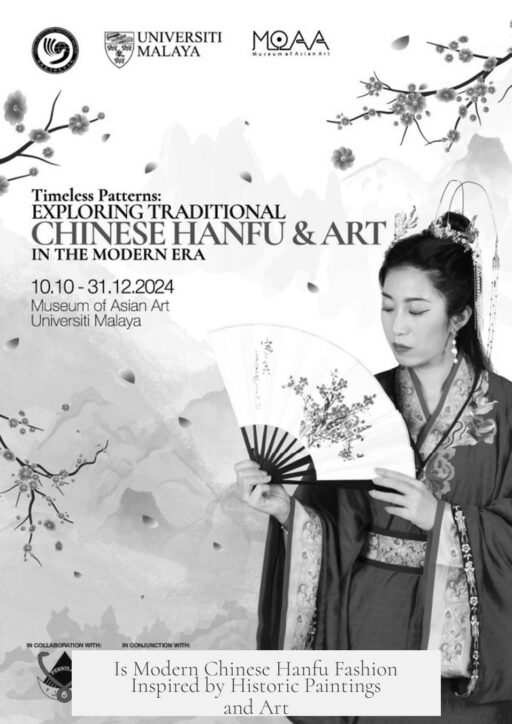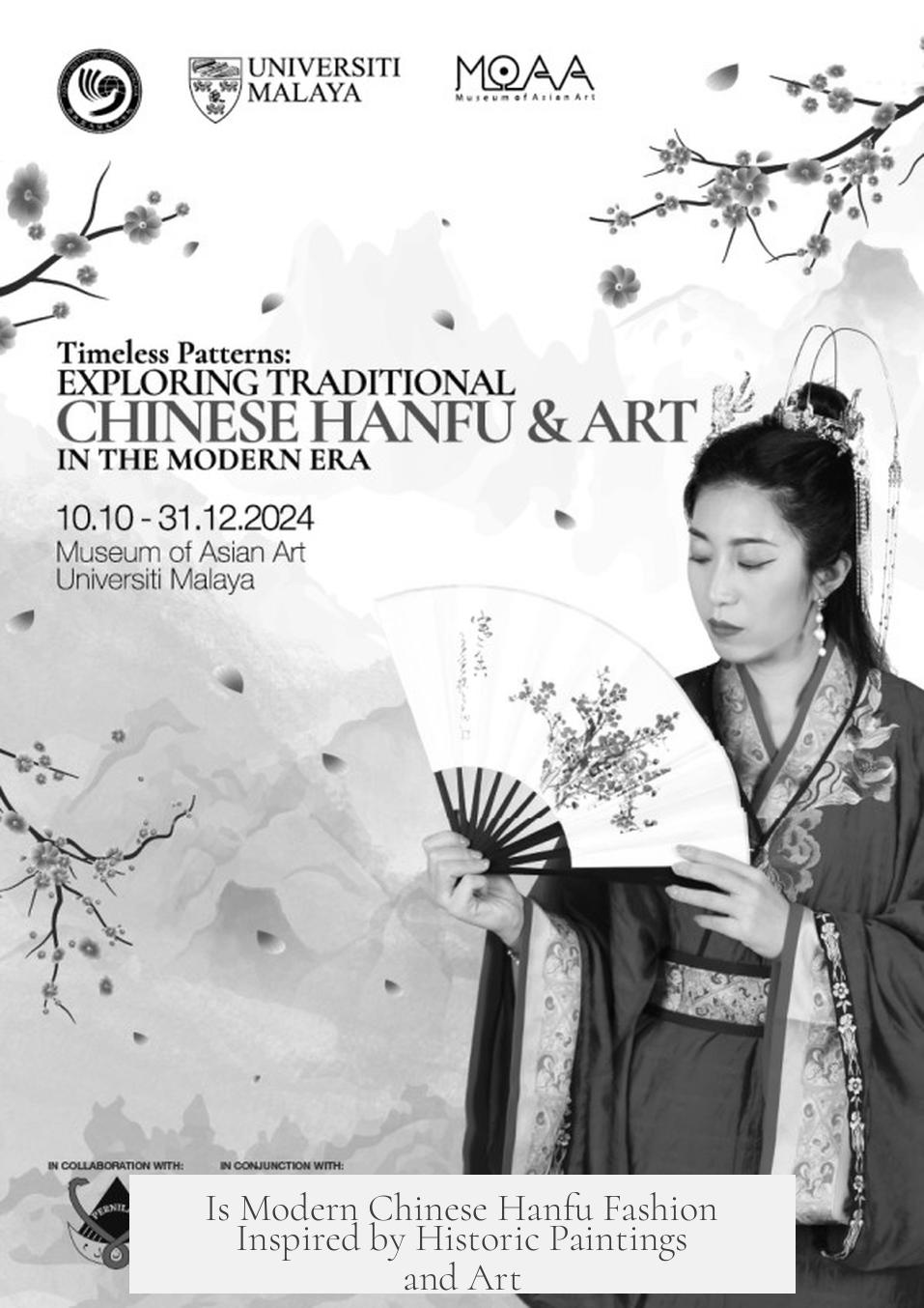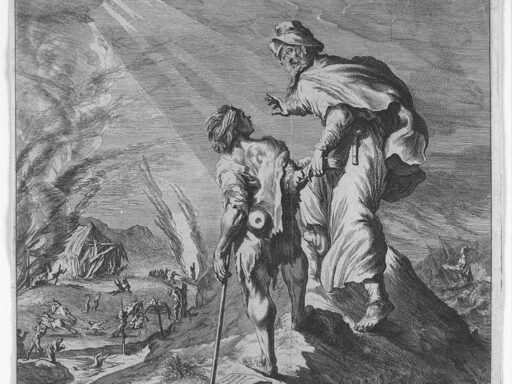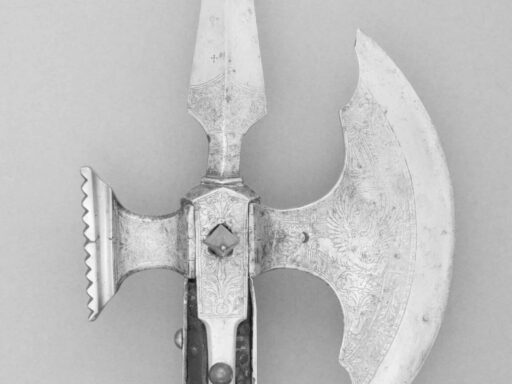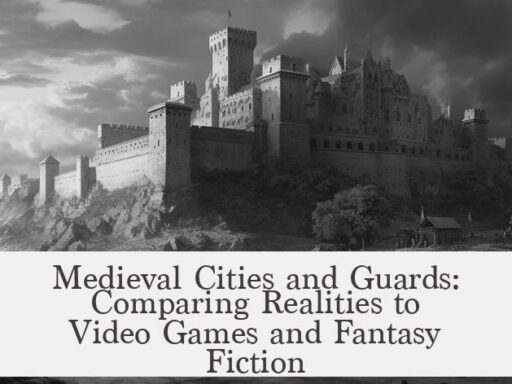Modern Chinese Hanfu fashion style is not solely reconstructed from paintings and art works; instead, it is a complex blend of historical inspiration, popular culture, and creative innovation. While some hanfu designs undergo careful research that may include references to historical visual materials, much of the contemporary Hanfu fashion varies widely in authenticity and sources.
The Hanfu movement includes a spectrum of clothing that ranges from meticulously crafted replicas using historical references to loosely inspired garments influenced by popular TV dramas, historical fiction, and wuxia narratives. These fictional depictions often shape Hanfu styles more than strict adherence to historical evidence drawn directly from paintings or artifacts.
Hanfu’s origins trace back thousands of years, with foundational influence coming from ancient dynasties such as the Shang (circa 1600–1046 BC), Han (206 BC–220 AD), Tang, Song, and Ming periods. The “Hanfu” term itself stems from the Han Dynasty, though the modern revivals draw from varied historical periods. This multiplicity means that modern Hanfu fashions incorporate elements from different eras rather than reconstructing a single source image.
Key traditional characteristics—such as the crossed collar, right lapel, use of sash instead of buttons, loose sleeves, and layered garments—are known from historical knowledge that likely involves surviving textiles, written records, and indeed visual arts. However, the modern designs often adapt or reinterpret these features to suit contemporary tastes and wearing convenience.
The Hanfu community actively evolves the clothing style. It welcomes “new Han attires based on traditional elements.” This approach blends cultural heritage with innovation. Newly designed garments use traditional patterns as inspiration rather than verifiable copies of artwork details. This mode acknowledges that ancient fashions did not survive intact and modern creators strive for both cultural resonance and practicality.
Commercial producers also organize their Hanfu products according to historical chronology. Some platforms aim to present historically informed styles that align roughly with documented periods. Yet, even these collections typically blend research with stylized aesthetics influenced by modern interpretations and market demand.
Debates continue within the Hanfu movement over authenticity. Some purists reject any association of Hanfu with Manchu-influenced Qing dynasty dress or the Qipao. This debate underscores how interpretations of historical dress—including ones derived from paintings or historical claims—can complicate the definition of “authentic” Hanfu.
Academic research helps deepen understanding of Hanfu’s historical and cultural context. Works such as Kevin Carrico’s ethnography and Antonia Finnane’s historical analyses examine the social and political meanings behind Hanfu and its revivals. Finnane’s scholarship discusses the evolution of clothing long before the modern movement, while Carrico explores current identity and tradition debates within Hanfu enthusiasts. Such studies highlight that authentic reconstruction is more than visual replication—it involves cultural interpretation and negotiation of history.
Modern Hanfu’s construction relies on a mixture of sources. These include:
- Historical documents and costume research
- Visual arts—paintings, murals, and artifacts may inform elements but are not the sole blueprint
- Oral and literary traditions, including wuxia and other popular narratives
- Fashion trends and practical design considerations for everyday wear
This diversity means the modern Hanfu movement is a living cultural project, blending history, fiction, and innovation. It revives traditional aesthetics while adapting them for modern social contexts and preferences.
In summary:
- Modern Hanfu fashion is inspired by multiple historical periods but not strictly reconstructed from paintings or artworks alone.
- The movement includes a range from carefully researched replicas to creative new designs inspired by traditional motifs.
- Popular media and fictional interpretations influence many Hanfu styles, sometimes more so than primary historical sources.
- Authenticity debates reflect differing views on which historical elements should define Hanfu, affecting reconstruction methods.
- Academic studies provide context but show that Hanfu revival combines cultural identity with fashion innovation rather than pure historical replication.
